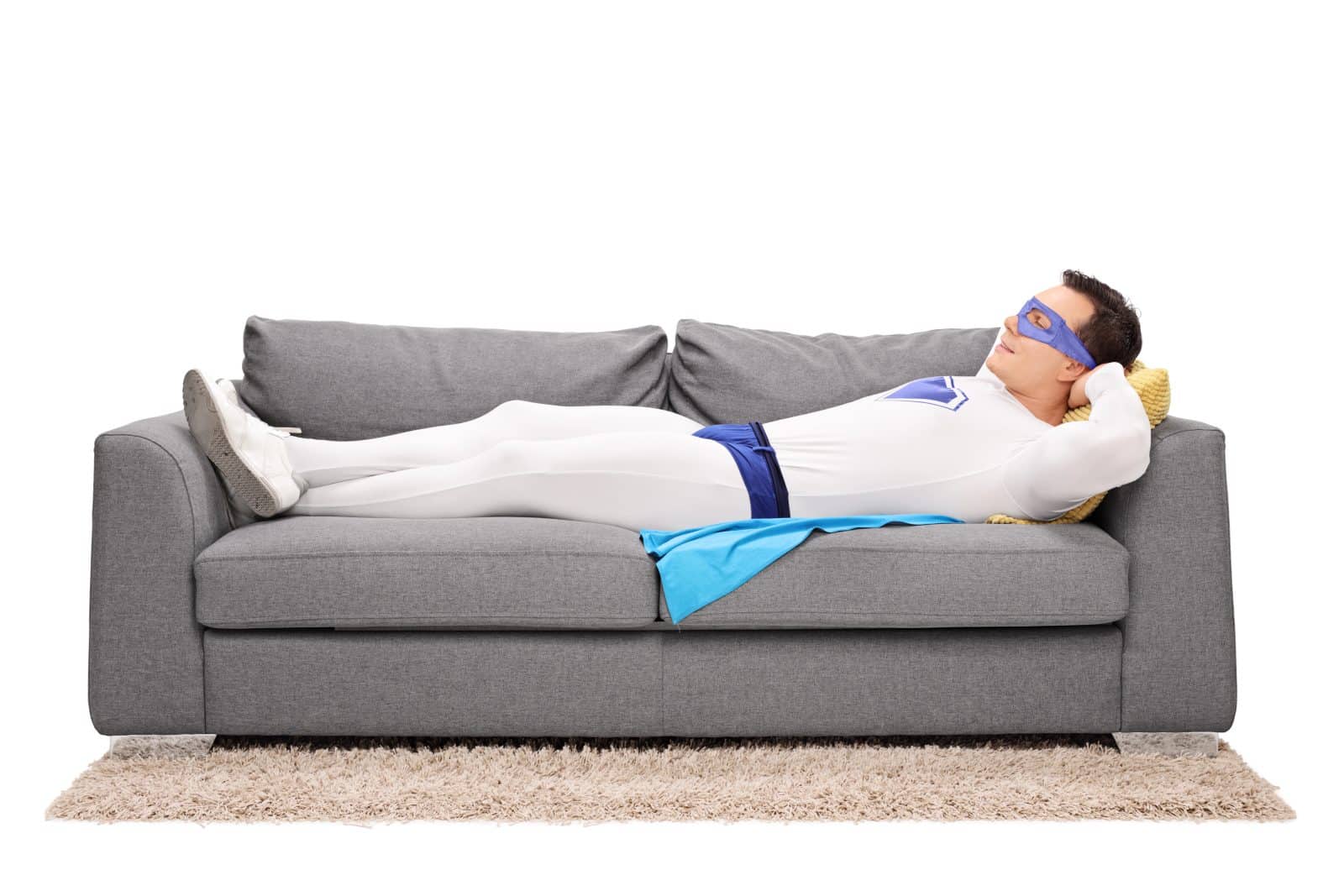Finding effective ways to boost productivity is essential, especially when to-do lists seem to grow longer by the minute. While many turn to coffee or energy drinks for a quick pick-me-up, there’s a surprisingly effective—and often overlooked—solution: power napping.
Research suggests that taking a short nap can significantly improve your alertness and cognitive performance.
Let’s explore the science behind power napping, discover the best nap lengths, and find out how you can seamlessly integrate this simple practice into your daily routine.
The Science Behind Napping
Power naps are short periods of sleep that can enhance your mental sharpness and overall productivity. Studies have shown that a brief nap of just 10 to 20 minutes can improve various cognitive functions, including memory, learning, and creativity.
A study published in the journal Sleep found that napping can significantly boost your attention span and overall performance in tasks requiring focus. This is because napping allows the brain to recharge and recover, making you better equipped to tackle the challenges of the day.
But why do these short naps work so well? During a brief nap, you primarily enter the lighter stages of sleep, which refreshes your mind without leaving you feeling groggy. According to the National Sleep Foundation, a nap of 10 to 20 minutes is optimal for a quick energy boost, avoiding the hangover effect that can come with longer sleep periods.
Optimal Nap Lengths
To maximize the benefits of power napping, it’s essential to know the ideal nap lengths:
- 10-20 Minutes: This is the sweet spot for a quick boost in alertness and energy. You’ll wake up feeling refreshed and ready to go.
- 30 Minutes: While this length can still be beneficial, it might lead to grogginess since you could enter deeper sleep stages.
- 60 Minutes: This duration can enhance memory recall and problem-solving skills, but be prepared for potential post-nap grogginess.
- 90 Minutes: This is a full sleep cycle, allowing you to experience REM sleep. Although it can leave you feeling refreshed, fitting this into a busy day can be challenging.
Fitting Naps into Your Day
Integrating power naps into your daily routine doesn’t have to be complicated. Here are some practical tips:
- Set a Timer: To avoid oversleeping, set an alarm for your desired nap length. This helps keep your nap short and sweet.
- Choose the Right Environment: Find a quiet, comfortable space with minimal distractions. If possible, use an eye mask and earplugs to create a restful environment.
- Time It Right: Early afternoon is often the best time for a power nap, aligning with the natural dip in alertness many experience post-lunch.
- Listen to Your Body: If you’re feeling particularly tired, a power nap can be an excellent way to recharge. Just be mindful not to nap too close to bedtime, as this can disrupt your nighttime sleep.
Incorporating power naps into your day can be a game-changer for productivity. With just a few minutes of intentional rest, you can enhance your focus, boost your energy, and improve your overall performance.
So the next time you’re feeling sluggish, consider a power nap—it might just be the productivity hack you didn’t know you needed!
Recommended – Reasons the Coffee You Make at Home Is Bland















